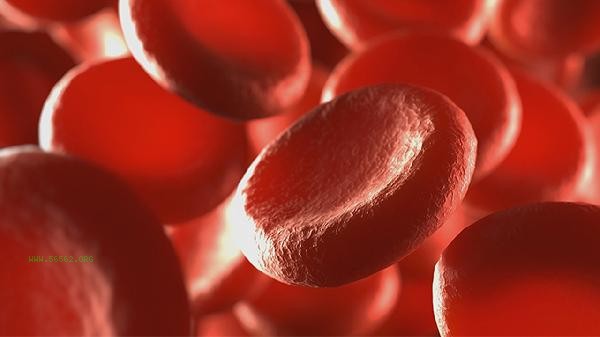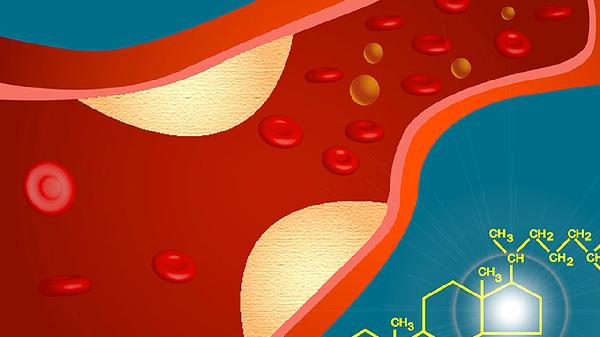Whether a 0.2 increase in red blood cell volume is normal needs to be determined based on the specific testing unit and reference value range. If the detection unit is a flying lift and the upper limit of the reference value is 100 flying lifts, then a slight increase of 101.2 flying lifts may not have clinical significance; If there are persistent abnormalities or accompanying changes in other indicators, further investigation of the cause is necessary. A slight increase in red blood cell volume may be related to physiological factors. Insufficient drinking water or excessive sweating may lead to blood concentration, causing temporary increase in red blood cell volume. Residents in high-altitude areas may have slightly higher red blood cell volumes than the standard values in plains due to long-term exposure to low oxygen environments. Some healthy individuals may also experience transient fluctuations in red blood cell volume after intense exercise or at specific stages of their menstrual cycle. These situations usually do not require special intervention and can often be restored to normal after re examination. Pathological factors need to consider hematopoietic system abnormalities. During the recovery period of iron deficiency anemia, compensatory increase in red blood cell volume may occur, often accompanied by an upward trend in hemoglobin. Early manifestations of myelodysplastic syndrome may include mild increase in red blood cell volume, which needs to be differentiated by peripheral blood smear and iron metabolism indicators. Long term alcohol consumption or liver disease patients may develop a tendency towards megaloblastic anemia due to alcohol inhibition of folate metabolism. At this time, the average red blood cell volume increases by more than 10 liters and is accompanied by excessive neutrophil lobulation.

It is recommended to improve the dynamic monitoring of blood routine and focus on observing the trend of changes in red blood cell volume. Simultaneously detect reticulocyte count, serum ferritin, and vitamin B12 levels to exclude nutritional deficiency factors. If the abnormality persists, a bone marrow puncture examination should be performed to determine the hematopoietic function status. Pay attention to maintaining a balanced diet in daily life, avoid long-term alcohol abuse, and moderately supplement dark green vegetables and animal liver rich in folate.










Comments (0)
Leave a Comment
No comments yet
Be the first to share your thoughts!